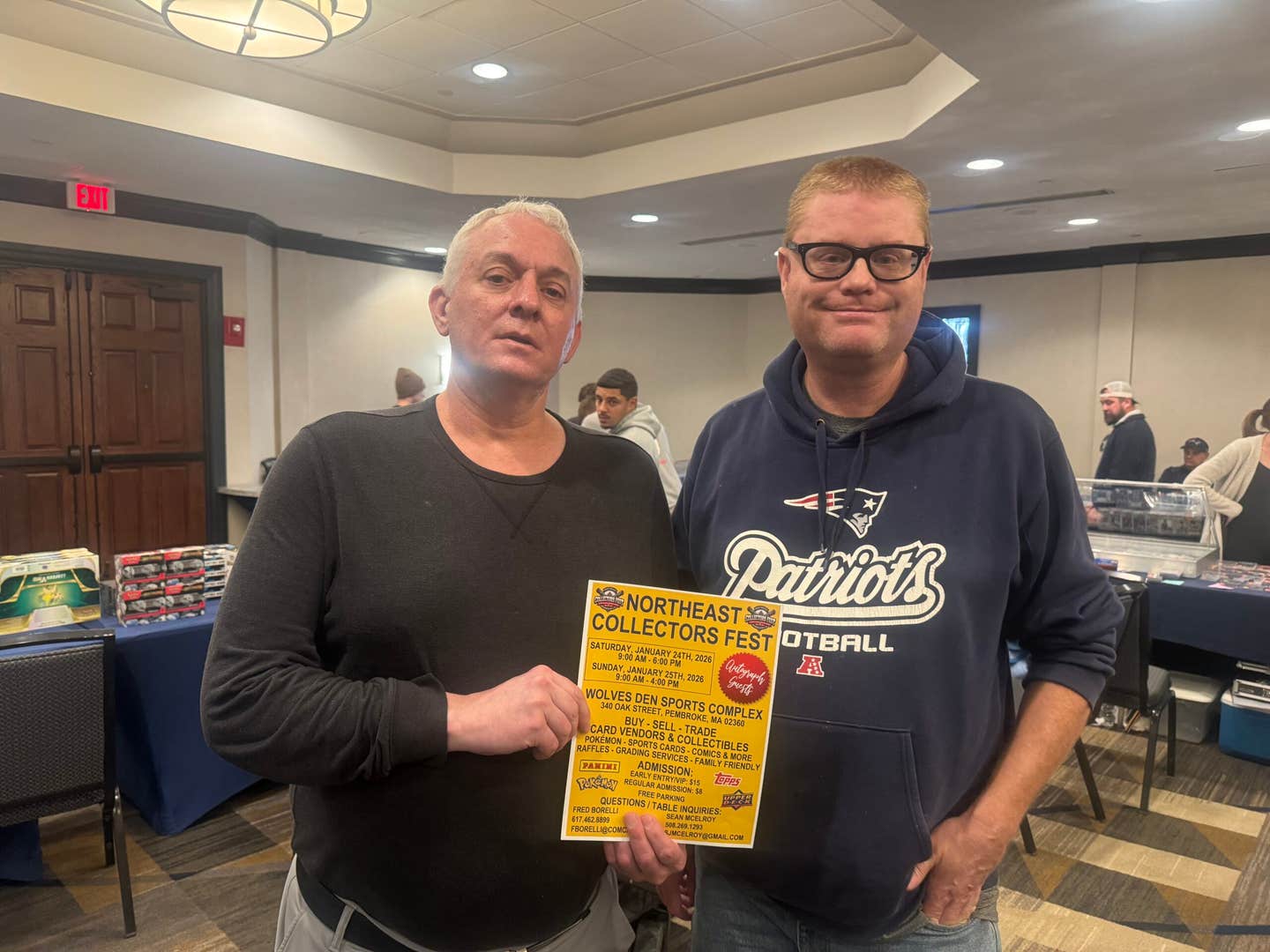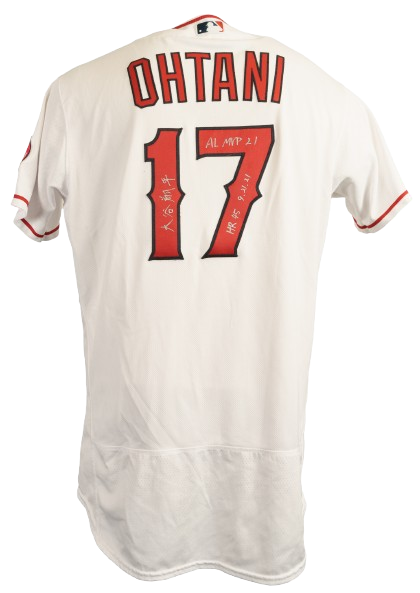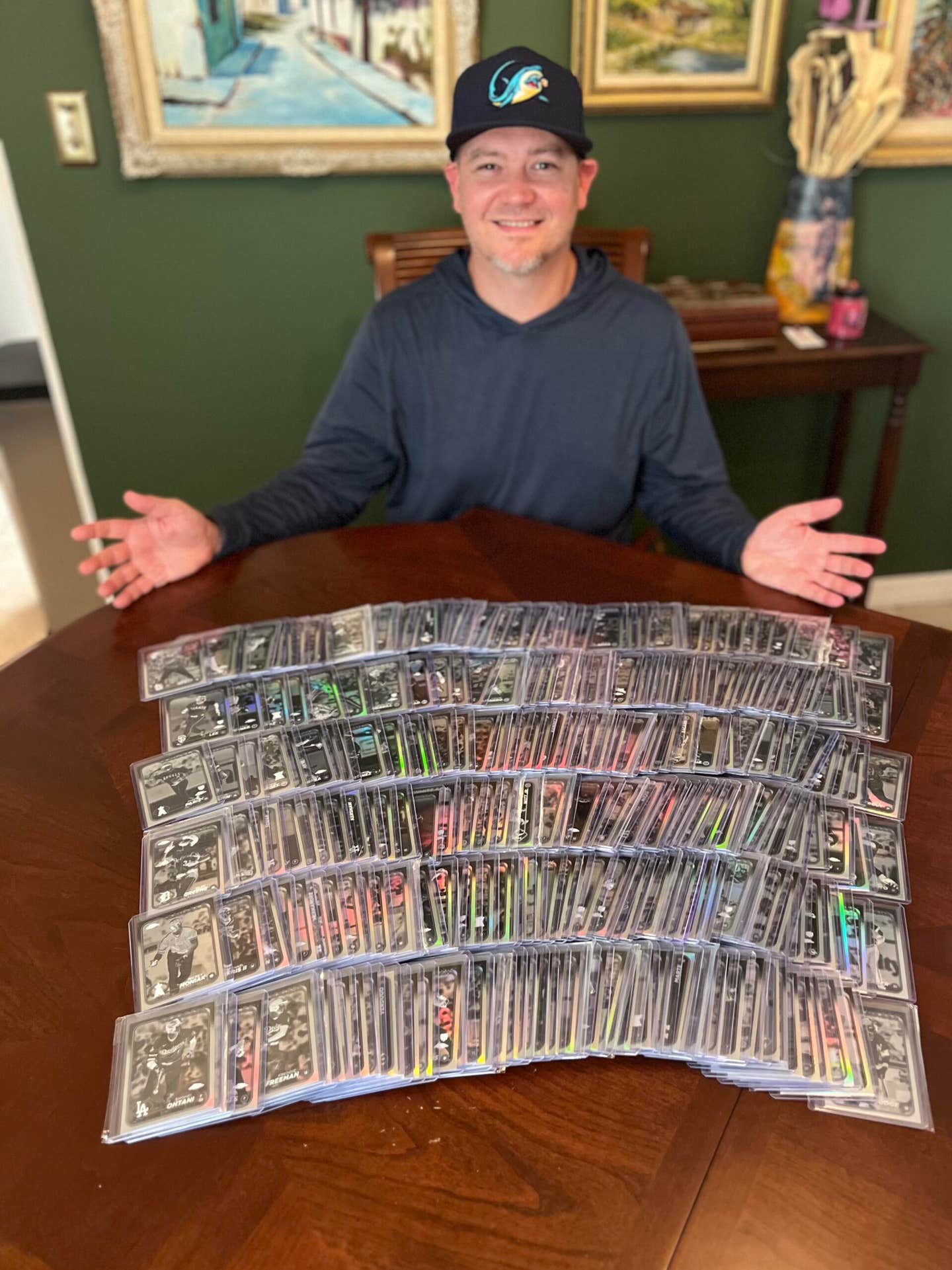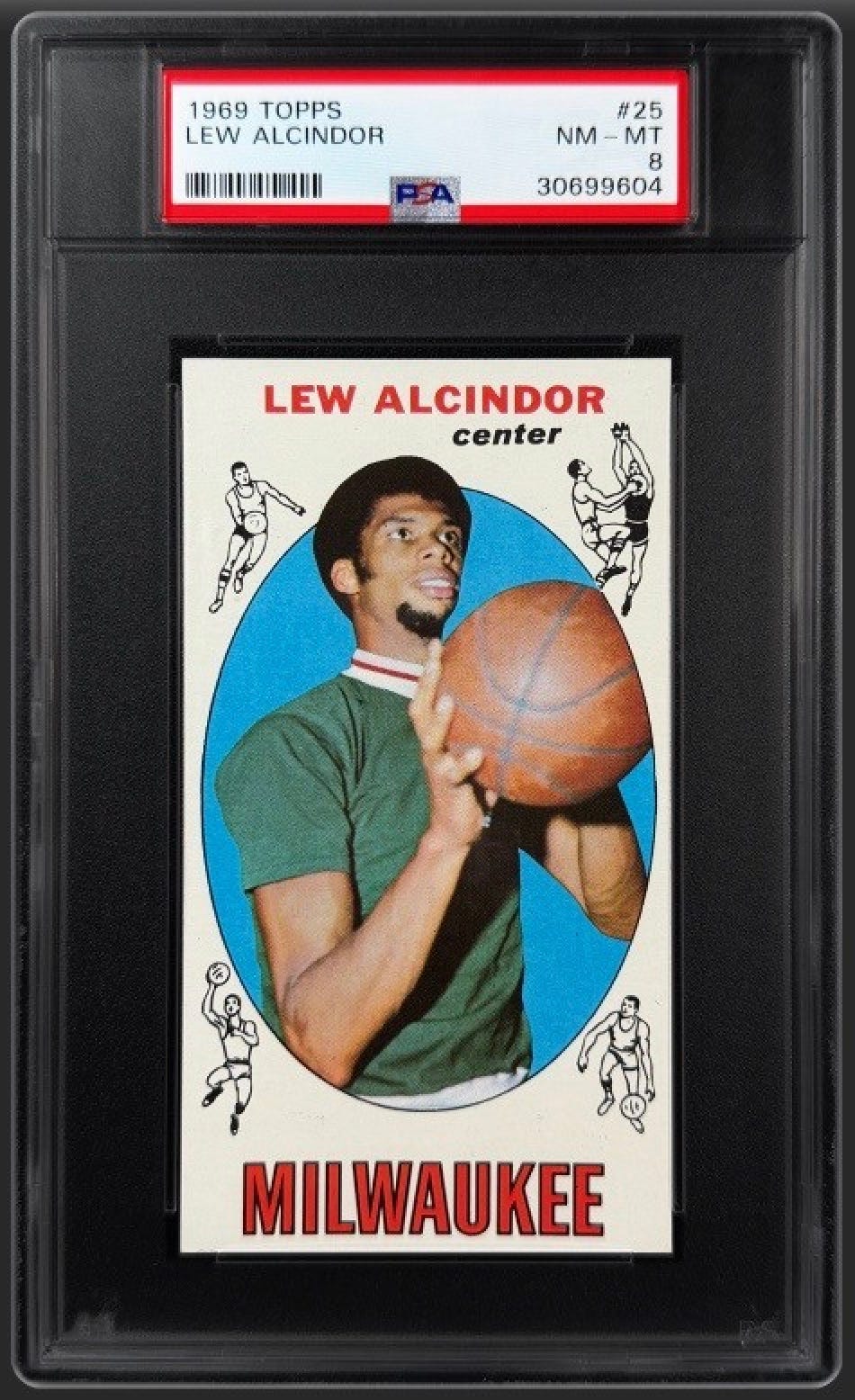Collecting 101
Collectors gobbling up Turkey Red cards online
Interest in 1910-11 T3 Turkey Red cards spiked earlier this year, evidenced by two of the large-format "cabinet" cards cracking the Online Auctioneer top-10 list (Feb. 3 SCD) of sports memorabilia items sold on eBay during the same week: A Walter Johnson (PSA 6) sold for $8,000, while a Clark Griffith (PSA 7) closed at $7,500.
Turns out, there's a story behind every auction. Turkey Red - a premium for which smokers had to redeem coupons back in the day - had been heading toward a surge in value, ever since PSA started grading them in 2003.
Also fueling new interest in Turkey Red cards is a recent reprint of the set widely available for $15-$30, as well as a 2005 Topps homage set in the standard card size that featured modern players. While the Topps issues use photographs and not illustrations, they're stylized with computer graphics software to look like the originals. Topps also issued a subset of box toppers in the original large-format size, as well as a few actual vintage T3s.
Since PSA began grading Turkey Reds, collectors sent in more than 1,100 cards to be graded. It took a couple years for those cards to pass into the secondary market, but once collectors started getting a grasp on how scarce 5s and above would be, it was time for the party to get started on eBay which led to the recent peak.
"They were just cards out of the archives," said Levi Bleam of 707 Sportscards, seller of the Griffith and several other T3s he'd stashed in inventory for "years and years" and recently decided to grade. "They're just cards you come across here and there in deals."
A little background on Turkey Reds:
l While called "cabinets," probably because of their larger (53/4-by-8-inch) size being in common with earlier cabinet cards, they're probably not. "Cabinet" typically referred to a particular method of photographing and printing studio portraits, such as those seen on the Old Judge cards, and not paintings or illustrations. Cabinet cards could technically be produced from photographs of paintings, but that wasn't the custom of the era and likely didn't happen with the T3s.
l SCD's Standard Catalog of Baseball Cards and the Beckett Almanac of Baseball Cards and Collectibles list the T3s as a 1911 issue, but Jay Wolt, owner of Cavalcade of Sports and avid T3 collector said and SCD catalog editor Bob Lemke confirmed that he provided proof to Lemke that they were redeemable from 1910 to 1911, and the 2007 edition of the SCD book will list them as 1910-11 cards:
- Cards numbered 51-76 - the heart of the 126-card set - features boxers, which makes it a multi-sport set in some card guides or two separate sets T3 for the 100 baseball players and T9 for the 26 boxers
- More than half the cards featured checklist backs, the balance of the set backs comprises Turkey Red ads
"It's amazing that cards that big survived paper drives and everything. It's truly a unique thing for a card to survive almost 100 years in unique condition," Bleam said, adding that he feels the market on T3s is moving way ahead of the price guides right now, and collectors familiar with the set can see that and are snapping up the cards for above book.
"All you need is one or two or five more people who decide to build a set or create interest, and the supply and demand thing takes over."
The cards of the ballplayers often used the full versions of the same illustrations featured on the T206 tobacco cards, uncropped, as the illustrations (below left) show.
"You see the entire uniform," Wolt said. "Like, for the Pirates cards they show the striped socks they used at the time."
That and their scarcity make them appealing to Wolt.
"You just can't go to your local card store or eBay and buy half the set in one fell swoop," he said. "They weren't normal baseball cards you got like the T206s, which were in such quantity. People who didn't want to collect bought a pack of cigarettes and T206s were there. But with Turkey Reds, you got a voucher and you had to cash them in. You had to make a concerted effort to get them, mail in to Jersey City, and they shipped them back to you."
Wolt discovered the T3s about 15 years ago, but began chasing them in earnest about the same time PSA started slabbing them. Judging from recent sales on eBay, he's not the only one who came up with the idea. In addition to the aforementioned Johnson and Griffith sales, the following lots topped eBay's list of highest-selling Turkey Reds in January alone:
- $7,457: Walter Johnson, PSA 5
- $4,500: Rube Waddell, PSA 6
- $3,049: George Gibson, PSA 6
- $2,500: Tris Speaker, ungraded
- $2,481: Harry Lord, PSA 5
- $2,100: Addie Joss, PSA 5
- $1,701: Tommy Leach, PSA 5
- $1,492: Al Bridwell, PSA 5
- $1,470: John McGraw, PSA 4
The typical beat-up T3 card goes for about $125, and grading for the large cards runs more than $50, which might explain why there aren't as many low-grade T3s as there are for other sets of the same vintage. eBay isn't the only venue where these cards have popped up recently. Last November, MastroNet sold a Ty Cobb graded PSA 8 for $92,160. Also in that auction was a complete T3 Baseball (sans boxers) set compiled by collector Frank Nagy for $163,069. Of the 103 cards in the lot, 63 graded PSA 6, with another 16 PSA 5s. Three years ago, Mastro sold a 100-card set for $82,598.
Several challenges lay ahead of set-building collectors whose interest in Turkey Reds might be stirred by these recent headline-making auctions. Wolt said that in his experience, many people hung the cards on the wall by nailing them right through the cardboard. He said, many others, were pasted into albums. So among the few Turkey Reds one might encounter, a good number of them have been written on the back, defaced badly, or stained.
Then there's the issue of commons. Commons might be tough for the typical card issue (many collectors discarded them and kept the stars) but in the case of Turkey Reds, they didn't even get the commons in the first place. Call it the "Redemption Factor." If your dad smoked enough packs to redeem you one or two cards, who are you going to get: Tris Speaker, Ty Cobb, Christy Mathewson, Walter Johnson, Cy Young, or some marginal bush-leaguer who happened to show up in the set?
Although one out of every four of the T3 baseball players did end up in the Hall of Fame (and half the boxers, to boot) some of the rest of the players in the set seemed to be bottom-of-the-barrel types. Wolt's pet theory is that company reps went to bars that players frequented and signed the guys to the set if they were there. That also might explain why there are 13 New York Giants among the T3s, a disproportionate representation for a 100-card set.
"Eddie Plank was right in the middle of his career, and he wasn't in the set. Sleepy Bill Burns, though, is. He was part of the 1919 Black Sox fix. He pitched for five years in the big leagues, for five different teams, and never had a winning record," Wolt said, which indicates to him that "I don't think they worried much about star power."








